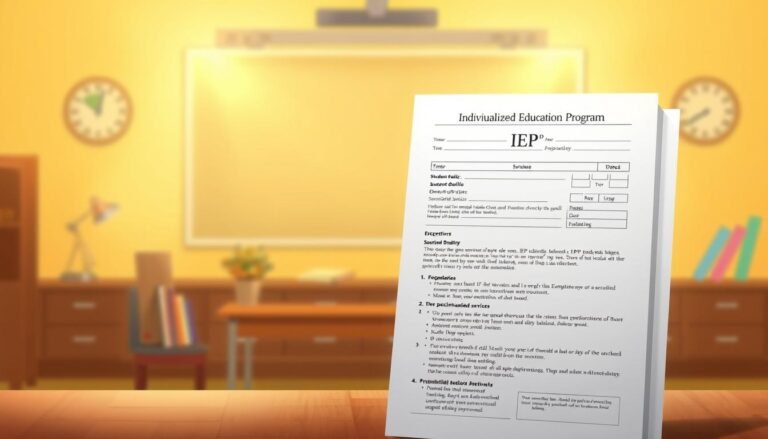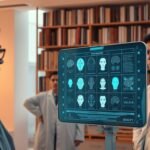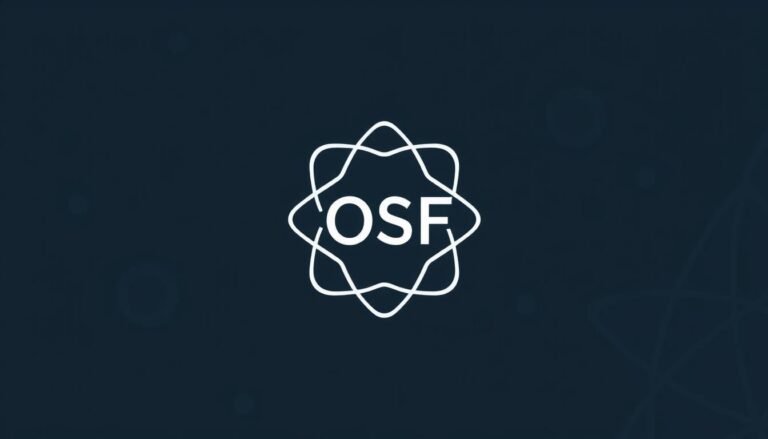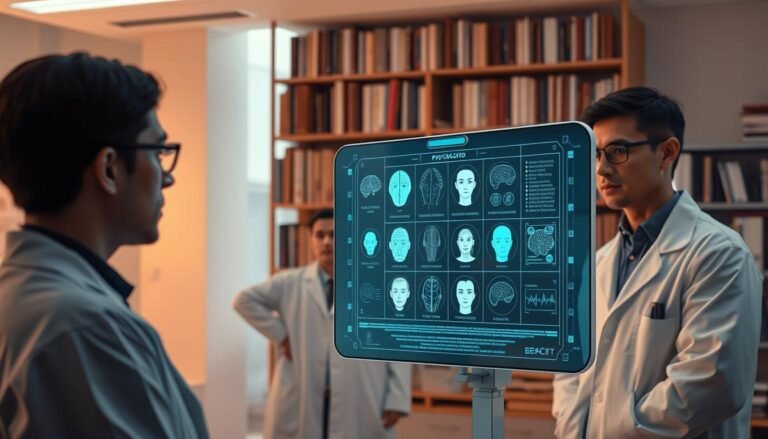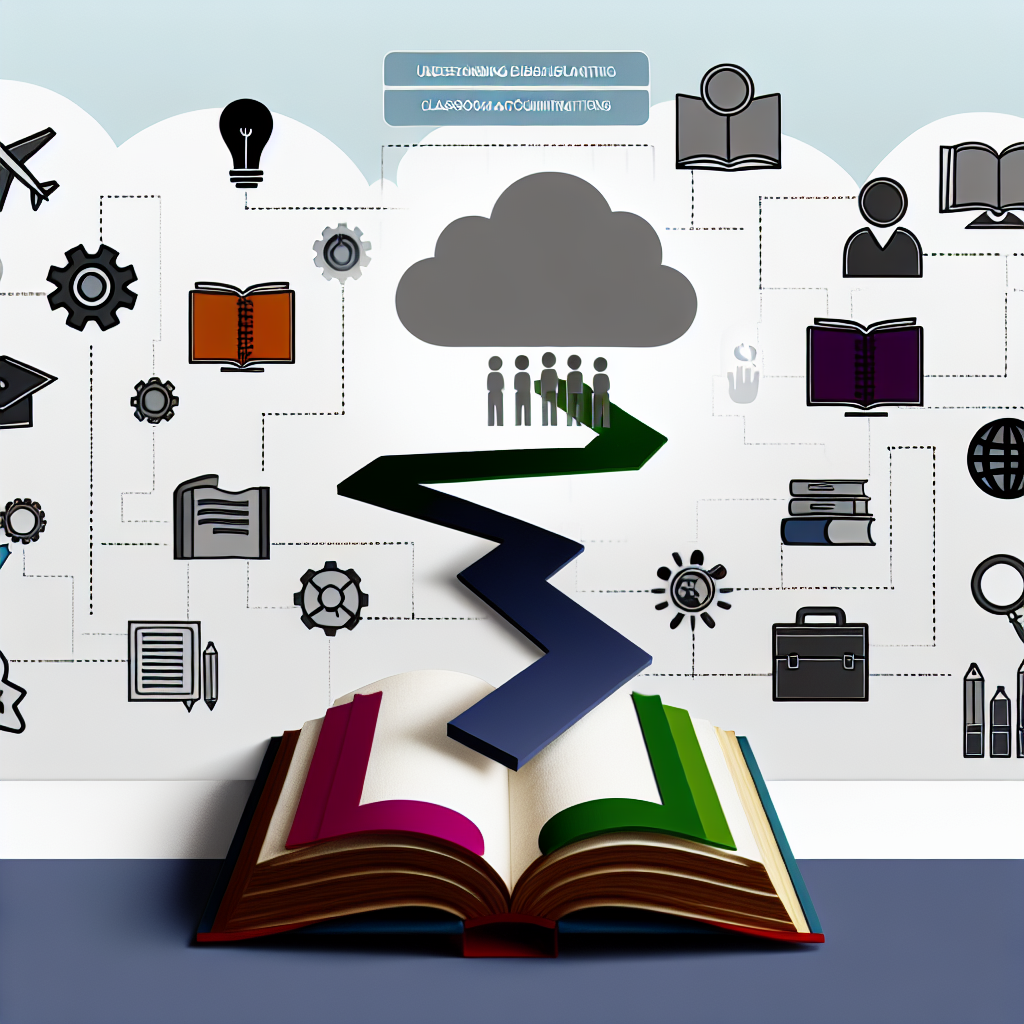
Understanding Learning Disabilities: An Ultimate Path to Effective Classroom Accommodations
Introduction
In today’s diverse classrooms, understanding learning disabilities is not just a trend; it’s a necessity. Whether you’re an educator, a parent, or a student, grasping the intricacies of learning disabilities can pave the way for effective classroom accommodations that help every learner succeed. As we navigate this in-depth exploration, you’ll discover how to turn challenges into opportunities, creating a more inclusive learning environment for all.
What Are Learning Disabilities?
Definition and Types of Learning Disabilities
Learning disabilities (LD) refer to a range of neurological conditions that affect the brain’s ability to receive, process, or communicate information. This can manifest in various forms:
- Dyslexia: Difficulty with reading and related language-based processing skills.
- Dyscalculia: Challenges with number-related concepts or performing accurate calculations.
- Dysgraphia: Problems with writing, spelling, and organizing ideas.
- Auditory Processing Disorder: Difficulty processing and interpreting auditory information.
Understanding learning disabilities is essential for tailoring effective educational strategies.
The Importance of Early Identification
Case Study: The Smith Family
The Smith family noticed their daughter, Emily, was struggling to keep up with her peers in reading and math. After seeking help from educational psychologists, they found out that Emily had dyslexia. Early intervention included specialized tutoring and classroom accommodations that allowed her to thrive.
Relevance: Early identification leads to timely interventions, showcasing that understanding learning disabilities is a path to effective classroom accommodations.
Key Characteristics of Learning Disabilities
Understanding learning disabilities involves recognizing the distinct characteristics that define them. Common themes include:
- Difficulty in Academic Skills: Problems with reading, writing, or math.
- Inconsistent Performance: Variability in academic performance, often excelling in some areas while struggling in others.
- Social and Emotional Challenges: Students may experience low self-esteem, anxiety, or frustration due to their learning disabilities.
This nuanced understanding is critical for implementing effective classroom accommodations.
Table 1: Common Characteristics of Learning Disabilities
| Characteristic | Description | Examples |
|---|---|---|
| Academic Difficulties | Issues with education-related skills | Struggles in tests |
| Inconsistent Performance | Varies widely across subjects | Excels in art, struggles in math |
| Social-Emotional Issues | Low self-worth or anxiety | Avoids participation |
Effective Classroom Accommodations
Differentiating Instruction
One of the most impactful strategies in understanding learning disabilities is differentiating instruction. This involves tailoring teaching methods to meet individual student needs.
Flexible Grouping: Students can be grouped by ability or mixed to enhance learning.
- Varied Instructional Methods: Using visual, auditory, and kinesthetic strategies to cover material caters to diverse learning needs.
Case Study: Mrs. Johnson’s Class
Mrs. Johnson differentiated her instruction by using visual aids for her dyscalculia students, who thrived with charts and hands-on activities. As a result, their math scores improved dramatically.
Utilizing Technology
Technology can enhance the learning experience for students with disabilities. Tools like speech-to-text software, audiobooks, and interactive apps can make a world of difference.
Chart 1: Technological Tools for Learning Disabilities
| Tool Type | Function | Benefits |
|---|---|---|
| Speech-to-Text Software | Converts spoken words into text | Helps with writing tasks |
| Audiobooks | Reads texts out loud | Aids in comprehension |
| Interactive Apps | Engages students through gaming | Makes learning fun |
Creating an Inclusive Classroom Environment
An inclusive classroom is essential when we consider understanding learning disabilities. It fosters a sense of belonging and boosts confidence among all students.
Staff Training and Awareness
Educators should undergo regular training on recognizing and accommodating students with learning disabilities. These workshops can provide insights and share effective strategies.
Case Study: School-Wide Training Program
A school initiated a professional development program focused on learning disabilities. After implementation, teachers reported increased confidence in handling diverse learning needs.
Encouraging Parental Involvement
Parents play a crucial role in the academic success of their children. Building partnerships between educators and families can provide crucial insights into a child’s learning.
Strategies for Collaboration
- Regular Communication: Weekly updates to keep parents informed about progress and challenges.
- Parent Workshops: Sessions geared towards teaching parents about learning disabilities and how they can support their child.
Case Study: The Jones Family
After attending a workshop on learning disabilities, the Jones family learned specific strategies to help their son, Alex. This collaboration led to significant improvements in Alex’s school performance.
Understanding Legal and Ethical Considerations
Understanding learning disabilities also involves grasping the legal landscape. The Individuals with Disabilities Education Act (IDEA) mandates that schools provide appropriate accommodations, ensuring equal opportunity in education.
Key Legal Protections
- Individualized Education Program (IEP): A tailored education plan for students with disabilities.
- 504 Plans: Accommodations for students who don’t qualify for an IEP but still need support.
Conclusion
In conclusion, understanding learning disabilities: a path to effective classroom accommodations enables educators, parents, and students to build an engaging learning environment. Early identification, effective accommodations, and collaboration can turn challenges into success stories. It’s not merely about providing aids; it’s about unlocking potential and championing every student’s unique abilities.
FAQs
What are some signs that a student may have a learning disability?
- Signs can include difficulty reading, trouble with math, or inconsistent performance across subjects.
How can teachers effectively accommodate students with learning disabilities?
- Utilize differentiated instruction, technology, and flexible grouping.
What role do parents play in supporting students with learning disabilities?
- Parents should maintain communication with teachers and reinforce learning strategies at home.
What legal rights do students with learning disabilities have?
- Students are protected under IDEA and may qualify for IEPs or 504 Plans.
How can schools create a more inclusive environment?
- Provide staff training, encourage collaboration with parents, and foster a culture of understanding.
- What is the importance of early intervention?
- Early identification and support can significantly improve academic outcomes and self-esteem for students with learning disabilities.
By embracing the journey of understanding learning disabilities, we can make strides toward effective classroom accommodations that enrich educational experiences and foster a brighter future for all.




